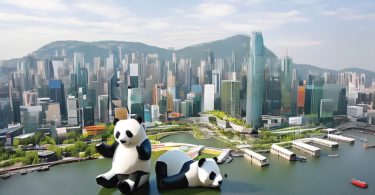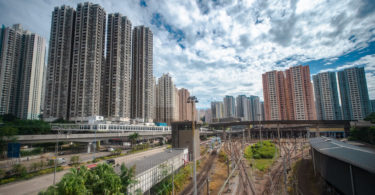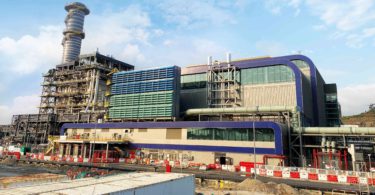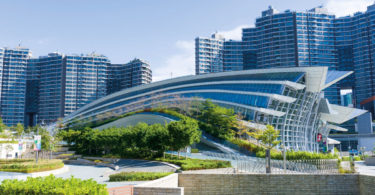In 2011 China has 1.38 billion population with equal percentage of urban and rural spread. The percentages will shift over the next decade as another 20 per cent of the population makes its way towards its closest urban centre in search of better prospects.
Huge energy demand and carbon footprints are the two biggest challenges China is facing. Country’s increasing reliance on the private vehicle, exacerbated with short sighted development is not a sustainable way to go forward and will have a long term impact on the public health. Therefore developing countries such as China must look to alternative models for its urban planning if their cities continue to grow at the predicted rate.
PRINCIPLE ONE: CREATE A VIBRANT HUB
Creating a vibrant hub should be the first principle behind High-Density TOD (HDTOD). A successful HDTOD fosters social interaction and public activities. In other words, a vibrant hub created for people. It results in a vivacious destination that residents desired, and incline visitors to spend time therein. The buzz of human activities in thoughtfully designed public places promotes the community’s health, happiness and well-being.
This vibrant hub concept is shown in Parc Central, Guangzhou. It is conceived as both a park and an urban retail and entertainment centre. In addition to a street level public plaza and landscaped area, two levels of sunken plazas have been created to provide a three-dimensional gathering place. The whole complex is also connected to an automated people mover station, a metro station, and a bus station at various levels. Commuters make their way through the complex, lingering as they enjoy the various activities and facilities available there.
PRINCIPLE TWO: ESTABLISH A NEW NEIGHBOURHOOD RENDEZVOUS
Serving as the HDTOD’s centre, there should be a designated spaces with amenities for residents to meet. It should provide multifunctional public and cultural facilities, such as schools, leisure, arts and cultural centre to meet the community’s various needs. In addition, this space should also serve as a landmark to instilling a strong sense of pride and cultural identity among its… more
About the contributor:
RONALD LU AND PARTNERS
Ronald Lu & Partners (RLP) is a design-led architecture firm with the vision to design a better life and redefine sustainability with 550 trusted advisors across Hong Kong, Beijing, Shanghai, Shenzhen and Guangzhou. RLP is an industry changer, focusing on transit-oriented development (TOD), transportation, mixed use, retail, civic and community, industrial 4.0 and smart manufacturing, education, healthcare and wellness and interior design services.

 Malaysia
Malaysia Singapore
Singapore Indonesia
Indonesia Tiếng Việt
Tiếng Việt ประเทศไทย
ประเทศไทย











